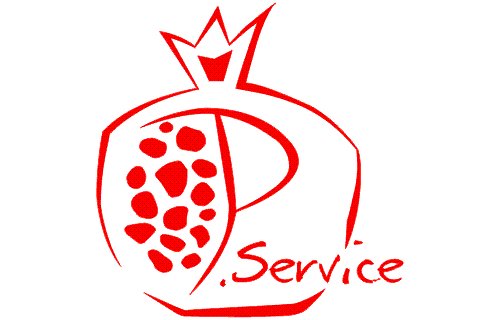- Igiene e sicurezza
- 0 likes
- 4473 views
Tattooing has become a real, fascinating, fascinating phenomenon, not just a passion transformed into art to exhibit, but also a solid, contemporary profession and many fulfilling traits.
The profession of the professional tattoo is becoming more and more a bet won by those who have taken the road to handle needles, colors and design for professional purposes, as the demand increases more and more and more increases the bid with the applicants Openings of tattoo studios.
We have recently taken care of the risks of tattoos and how to prevent them, informing consumers about the existence of problems common to all types of tattoos, which can be overcome by some tricks.
But how does he behave who is on this side of the needle?
What are the precautions that a professional tattooist has to take to avoid risks?
The Council of Ministers within the Council of Europe has passed the safety requirements and criteria for permanent tattoos and tattoos, addressing both the producer of the product and the end user of the products, ie the professional tattoo, Who will also have to make sure that the products arrived in your tattoo studio are labeled correctly.
The legislation assesses the risk of substances used for the composition of tattoos before placing on the market, the hygiene conditions indicated and suitable for the application of tattoos, the composition and labeling of tattoo products and the obligation to disclose Health hazards that tattoos may involve. This also applies to permanent or semi-permanent make-up, for which it is necessary to operate through defined safety tracks.
Let's see in detail what the rules for tattooing requirements and safety criteria say:
LABELING: tattoo products must contain exactly the manufacturer's general information (name and address), minimum durability, use instructions and warnings, ingredient list, batch number of the labeling product, sterility guarantee
STERILITY: they must be sterile and in single-packed containers within specific containers that guarantee sterility until opening and using
STORAGE: They must be kept and protected in such a way as to preserve sterility after opening and using them. The use of preservatives is only permitted if it is necessary to protect and prevent the product from opening, contamination. It is forbidden, however, to intervene with preservatives under tattooing to correct poor hygiene conditions
DIAGNOSIS OF RISKS The professional tattooist should inform the customer fully and accurately about the risks of tattoos, consult a physician as a result of complications and, among other things, reversibility and removal of tattoos. These procedures must also be familiar with any tattoo studio staff.
In addition to the rules imposed by the rules, the professional tattooist must also apply a set of equally important safety and hygiene considerations.
Before performing a tattoo, it is also obliged to issue a written written notice to have the customer's informed consent.
You must also keep an eye on some of the most important aspects:
STAINING STERILE CLOTHING (gloves, coats and hand wash with products indicated as antiseptic and sterilizing)
STERILIZE WORKING INSTRUMENTS (autoclave steam, dry heat or chemical disinfection when sterilization is not possible) tattoo needles otzi
USE MONOUS INSTRUMENTS (needles, grips, tips, gloves, tools and substances needed to create the tattoo)
GET PRECAUTIONS FOR BLOOD (green soap) and decontamination of blood splashes with the use of specific products, such as chemical germicides)
DISPOSAL OF LINGERIE AND PRODUCTS (used needles and any type of disposable paper such as gauze, cotton wool, paper towels must be disposed of in special bags and containers)
The professional tattoo is therefore an important, artistic and sought after work, but as we have seen, it is necessary to have the utmost attention, knowledge of the rules and the risks that if I take subrogation can compromise customer safety and create serious damage to the consumer, and secondly, Also to the credibility and professionalism of the tattoo artist himself.















